|
Recent Release Days Release Days had me on the road twice this week. MEMS Manchester Elementary-Middle School had their release on Tuesday in PERFECT weather. MEMS teachers Seth Bonnett and Melissa Rice and their students had been working at the Tutorial Center at Smokey House all year long. Since early fall, MEMS's two 6th grade classes have spent one Tuesday a month working with Tutorial Center staff on Smokey House's more than 5,000 acres in Danby, Vermont. This allowed them to study and collect data on the property's streams, ponds, and vernal pools in every season, even taking ice thickness measurements on a frigid January day. They also learned about the watershed that feeds the tributary of Mill Brook that would be their release site. While, on Tuesday morning, MEMS's students conducted their penultimate field work at Smokey House, community volunteer Gary Saunders and I took an aerated cooler to the school and collected their 65 fry. By the time we delivered the trout to the Tutorial Center, students and faculty were ready for sandwiches and celebratory cupcakes. After lunch, students performed one last activity: finding and classifying macroinvertebrates living in a tributary of Mill Brook. (This was not the first time they did this, so they needed little instruction.) There were many, and virtually all were species that can't tolerate pollution. So, good sign! Finally, students released their trout. Another great year of TIC at MEMS! On a lark, after the MEMS's school bus departed, I broke out my fly rod, tied on a small elk wing caddis fly, and headed back to the same Mill Brook tributary where we'd just collected macros. It seemed unlikely that, having had their little stream so recently disturbed by tromping 6th graders, any resident trout would be in the mood to eat. Far from it! In the exact spot that got some of the heaviest traffic, I had several "hits" from tiny trout--probably only three inches long--too small to be hooked. But then, upstream a bit, I caught a pretty little 5" fish. Here's the quick photo I took before returning it to the water. Mary Hogan School Mary Hogan's release was Wednesday, a day on which the temperature hit 91 degrees as I drove home. As always, MHS STEM teacher Steve Flint did an extraordinary job organizing the complex plan he'd developed for the day that would allow approximately 100 students from three Addison County TIC schools to participate in the release. Steve could have managed D-Day!! Part of what makes Steve's release days great are the many partner organizations that he's connected to. Helping pull off this "Cecil B. DeMille production" yesterday were representatives of:
Here's a map of the two paths, one red, one green, that the groups travelled. Each group went to a station focused on"ecology." This, staffed by Audubon Society volunteers, introduced students to the Middlebury River's "riparian zone," including the bird life that can be found in it. A second station gave students the opportunity to collect and identify macroinvertebrates; a third examined the physical characteristics of the river, especially as they relate to trout habitat. Always most popular was the electrofishing demonstration conducted this year by Shawn Good, of Vermont F&W. At one point in the day, students either got to release their trout or met with Salisbury Community School teacher Amy Clapp and were given a copy of the wonderful Naturally Literate book she assembled. (More on this later.) Here's Steve's schedule for the day's stations. And here's Steve's plan for what would happen at each of the four stations. As an indication of how busy Steve Flint was on Wednesday, here's a picture I took of the lunch table at the end of lunch. All the great (Middlebury Co-op) sandwiches were gone but two: our electro-fisherman Shawn Good and Steve's. Thanks for all your hard work, Steve! Naturally Literate by Amy Clapp As I mentioned, at Steve's release there was a point in the day when some of the students went to the stream to release their trout while others met Salisbury Community School science (and TIC) teacher Amy Clapp and got a copy of the wonderful "Checklist for the Beginner Naturalist" that she has developed. (Of course, eventually all students got to participate in both activities.) Here's Amy and her son handing out copies of Naturally Literate at the Mary Hogan release. Amy's mission is to get Vermont kids to tune into the plant and animal species living in the environment that surrounds them. She hopes that children will use her book to keep a record of the species they have encountered. What Amy would really like is for Salisbury Community School students--and others--to be able to demonstrate considerable "nature literacy" by the time they complete 6th grade. Here's a slideshow of pages from her book. Stream flow study in Stowe I got a great report from Stowe Elementary's Mike Rapoport. After his tenth TIC season--get that: tenth!--Mike and his students released 191 fry. Way to go Stowe! Mike also sent me this beautiful photo of him and his class. 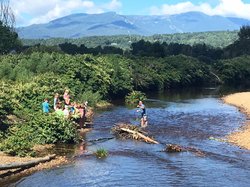 When I commented on his hardiness for standing in the river in shorts, Mike confessed that the photo was taken last September. What I also learned is that on that occasion, Mike was conducting a stream flow study with his students, using colored dye. I asked Mike for more information. Here's what he provided. It turns out that the stream flow study was part of a much larger 5th grade Ecological Interdependence curriculum. Check it out. It's very comprehensive.
Send photos and videos! Finally, I'd like to give your TIC program exposure through this blog. Send accounts of your activities and especially photos and movies of your students' work. (It's best if you put your movies on YouTube and send me a link to them.) Finally spring is definitely here. Enjoy it!
1 Comment
Robin Gannon
5/19/2017 07:46:15 am
I couldn't get information when I clicked on Ecological Interdependence curriculum was it a link?
Reply
Leave a Reply. |
Joe Mark, Lead Facilitator, Vermont Trout in the Classroom
In June 2012, I retired after 40 years in higher education, having spent the last 32 years of my career as dean at Castleton. One of the first things I volunteered to do in retirement was to work with Jim Mirenda to help the Dorset School, where his kids and my Vermont grandkids attend, start a TIC program. Gradually that commitment grew into my current role, which is both demanding and highly rewarding. Archives
June 2017
Categories |
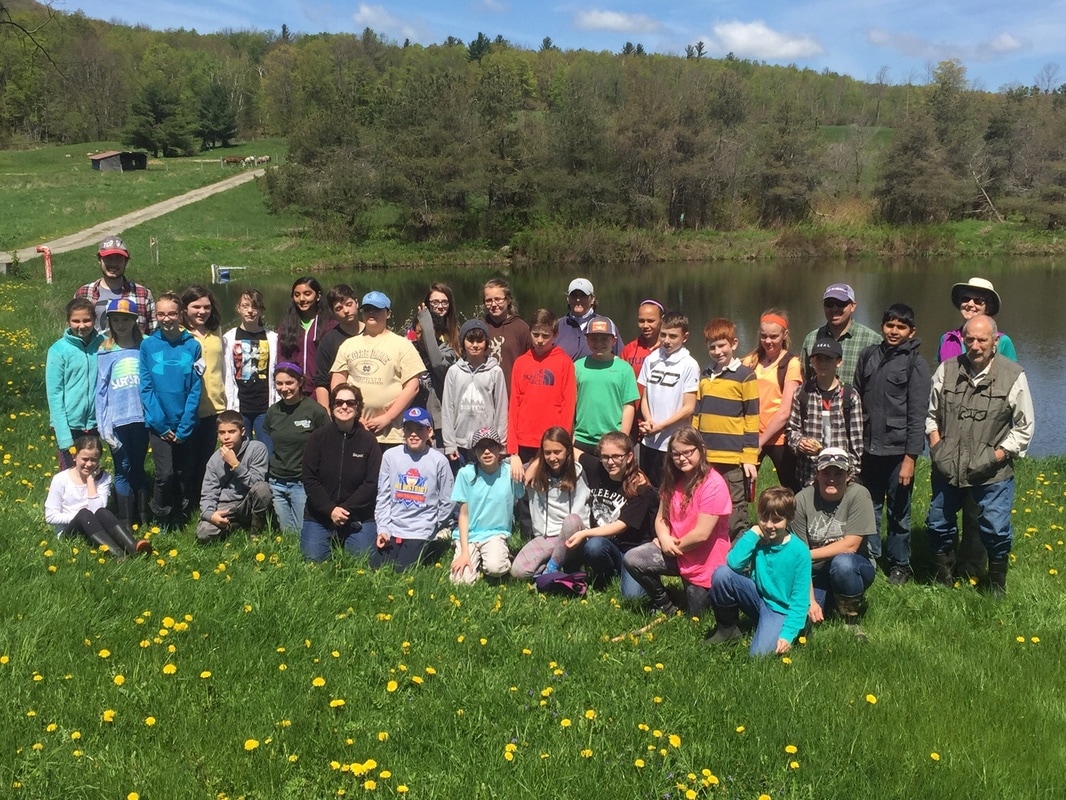
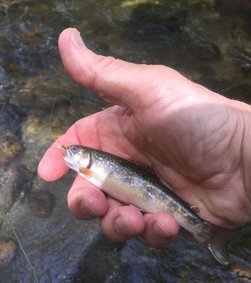
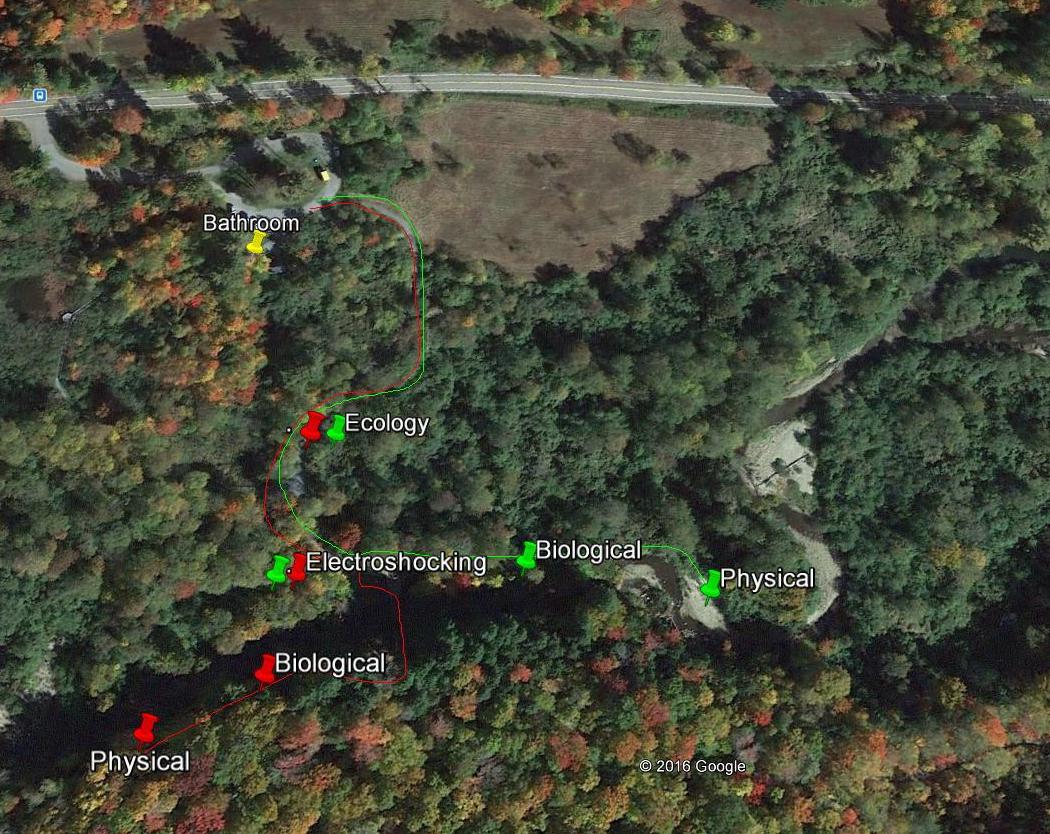

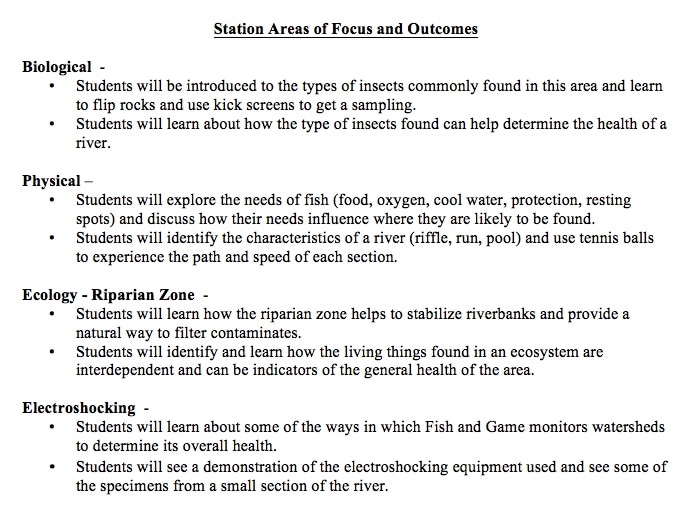
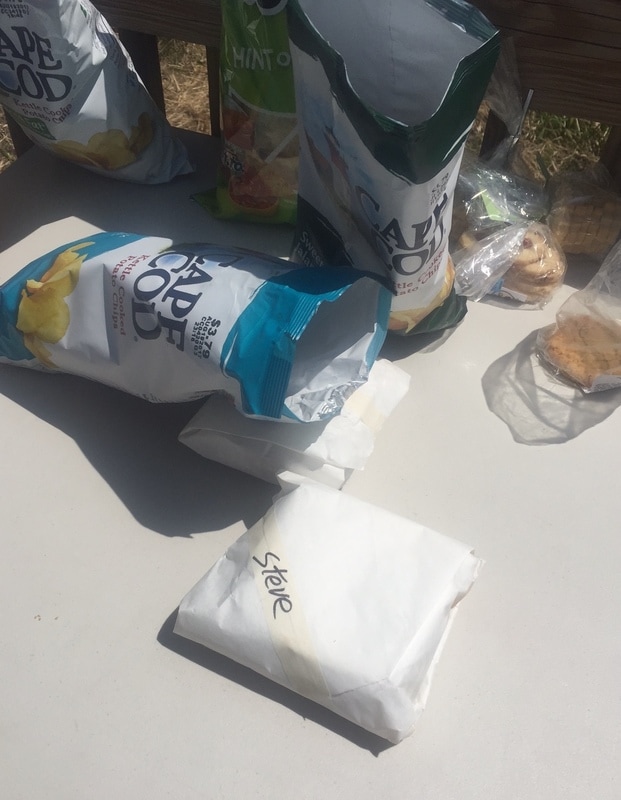
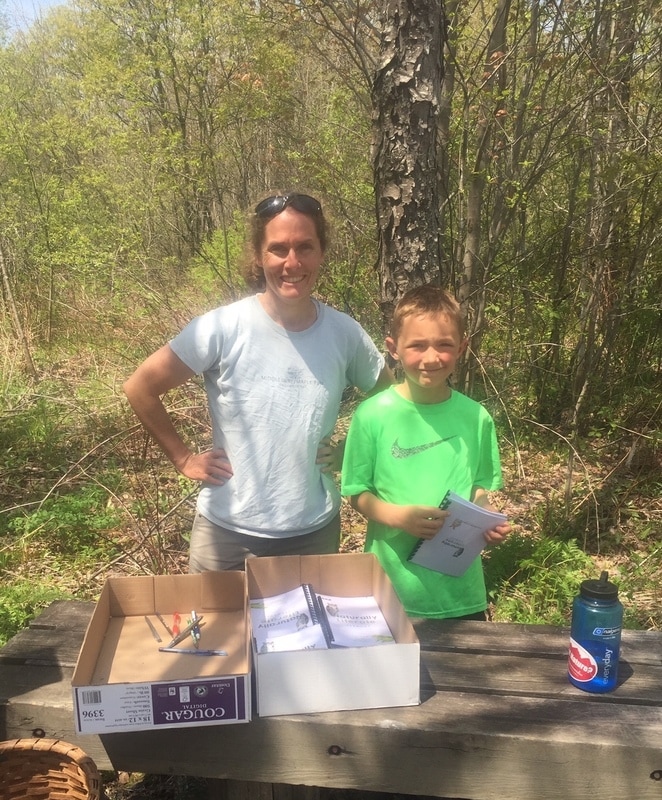

 RSS Feed
RSS Feed
